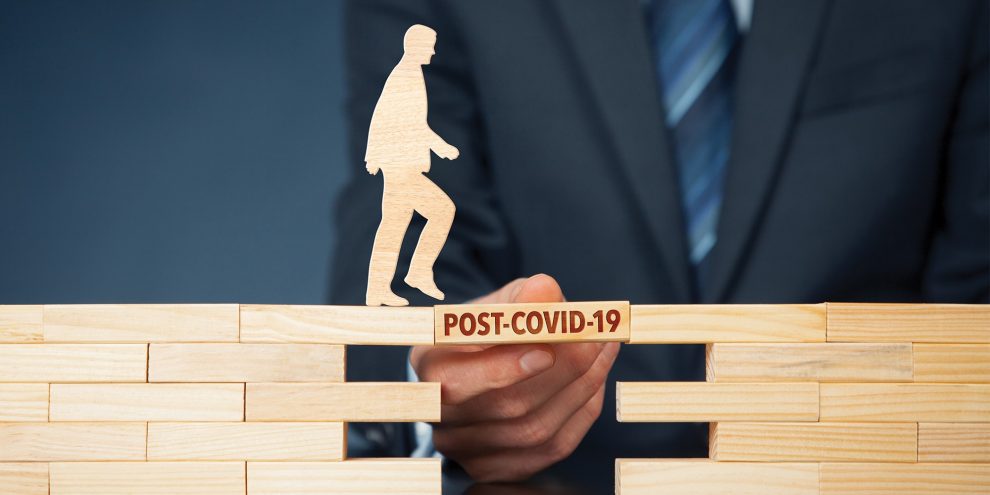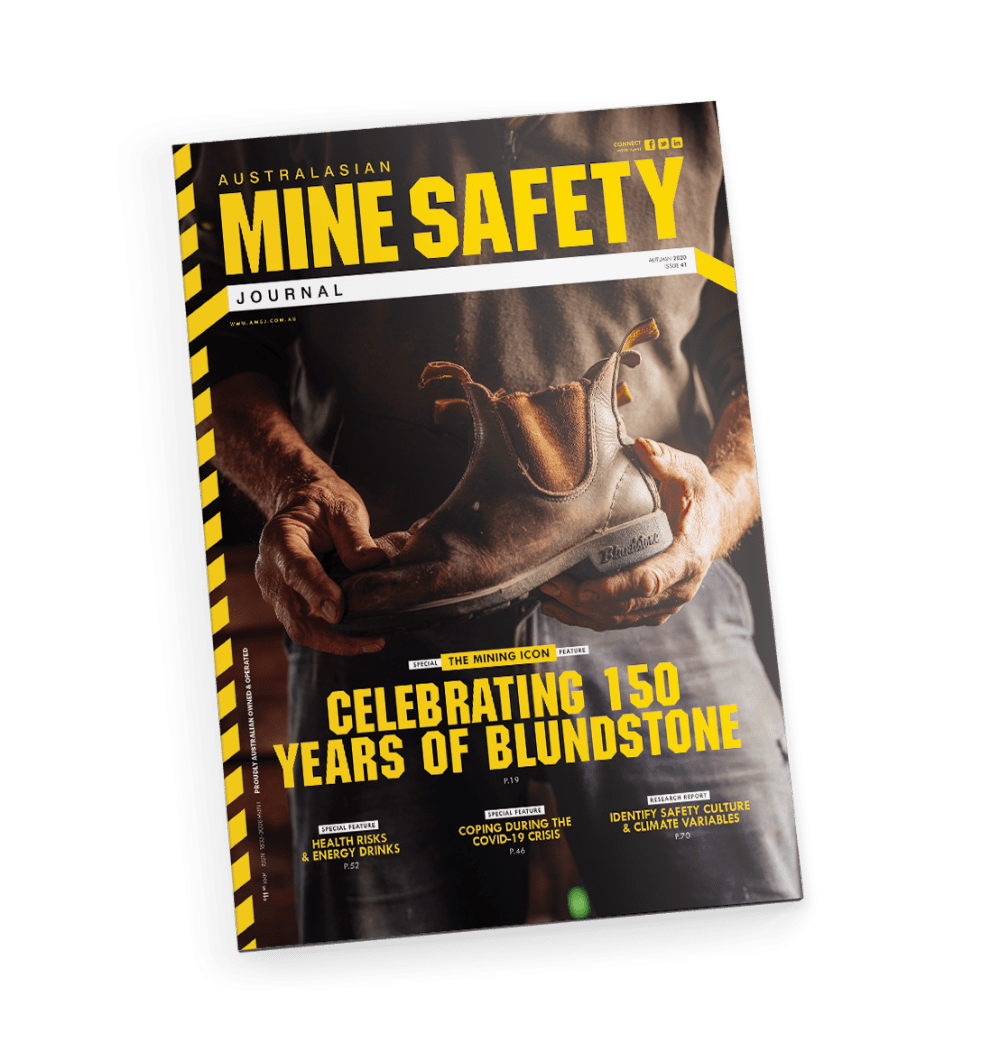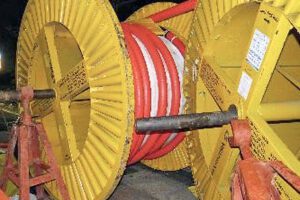AIHS Chief Executive David Clarke talks about the challenges and opportunities facing the profession over the last few weeks and into the coming 2-3 years.
Everyone’s life has been turned upside down, and everyone has been reacting differently. For some it’s been about barely being able to keep your head above water, holding back panic from moment to moment, desperately scared for self and family, while for others, it’s all an over-reaction, an unreasonable inconvenience. Thankfully, the Australian community has grasped very quickly that not taking swift action would mean the loss of thousands of lives and as a result, as a nation we now have choices on how we manage the time ahead of us.
The health and safety profession has been thrown into the deep end, and it hasn’t been easy for many. The biological hazard that COVID-19 presents is at one level simply that – a new biological hazard, and the profession already has the risk management tools to apply to respond to it. However, some health and safety people have struggled at times to see the forest for the trees, forgetting first principles of undertaking specific risk assessments, based on what is known and what is uncertain, and applying measures to mitigate against risks. Under stress, the focus has often been on the unknowns – how transmissible COVID-19 is, what is the best PPE and for whom, what are the right cleaning protocols etc – and this lack of knowledge, laid over with general community health advice, variable from state to state and changing regularly, has some people frozen in their tracks.
To complicate matters, the question about trusted information and knowledge is an issue. Where are the real answers? Every day produces new international research outcomes which tell us a little more about the virus, and this knowledge will continue to refine health and safety practice and management protocols – so its important to keep up with reputable sources of emerging knowledge. These do not include chain e-mails from ‘a doctor’ in Wuhan Province, or the mumblings of any politician, but do include the reputable research publications such as the Lancet, and key colleges of medicine around the world. The institute points to many reputable sources in our regular communications.
“As hard as all this is, our profession has never had a more important role than it has today, and this will be the case for the next few years.”
Setting aside the direct health impacts of COVID-19, workforces are in chaos and health and safety people have a whole new set of issues to handle. After the lockdown, depending on the industry in which you work, some of these changes may actually become permanent, so it’s important to keep your eyes on that and not simply assume that shortly things will be back to ‘normal’. For many, there may be a whole new normal. The profession is scrambling to understand work from home impacts of isolation, the work/ home/office interface and the challenges it brings (at my staff team meeting this morning, there were kids present), and how social distancing can be really made to work in different workplaces.
For the profession, these issues add up to a LOT of fast learning, and there will be mistakes. There has never been a more important time to be connected with others in the profession, and learning from those with experience, and this is one of the big focus areas for us right now – to help people come together and learn from each other.
As hard as all this is, our profession has never had a more important role than it has today, and this will be the case for the next few years. We have been an adolescent profession for decades, fractious and uncertain, fussing over the science versus psychology of practice, or the differentiation of the roles at different levels in the company, or a social divide between health and safety on the shop floor and in management, and being simplistic about what it takes to achieve change in organisational culture. While our work is front and centre for the next period, we will have our chance to step up provide effective responses to sophisticated problems. It matter snow more than ever, and we can do it if we work together.
Australian Institute of Health & Safety
David Clarke is the Chief Executive Officer of the Australian Institute of Health & Safety (formerly the Safety Institute of Australia). The Institute is the national association for the health and safety profession, providing a range of services and support for WHS practitioners and professionals. For more information please visit www.aihs.org.au.
















Add Comment